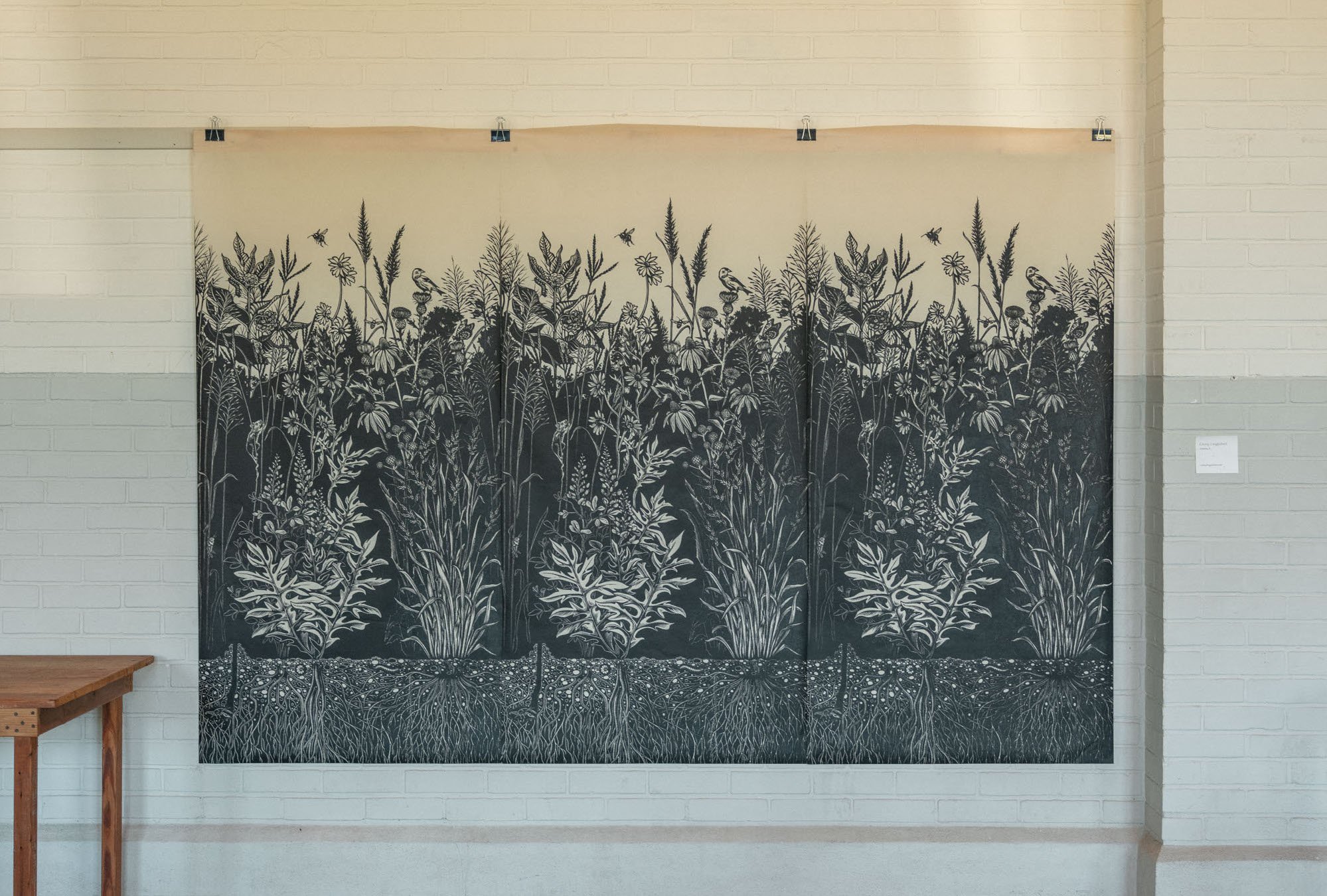
Rediscovering the Rural Roots of Culture.
Of the 105 counties in Kansas, 87 are considered rural. . .
Of those 87 counties, 76 have declined in population since 2000, according to a 2018 Pew Research Study. Wes Jackson, founder of The Land Institute, maintains that proper land stewardship requires the right “eyes to acres” ratio. Simply put, we need people living on the land—seeing it with the goal of understanding and caring for it. Rural populations have largely been in decline since the middle of the twentieth century, but the losses in economic independence and cultural infrastructure may be even more significant.
For many people, “culture” is seen as an urban, upper-class prerogative, but writer Terry Eagleton points out that the “concept is derived from nature. It has an affinity with the word ‘agriculture’, as well with ‘coulter’ which means the blade of a plough. One of its earliest meanings is ‘husbandry’ or the tending of natural growth. Our term for some of the most exalted and urbane of human activities, then, has a humble rural root.”
One of the most important cultural resources in any rural town has traditionally been its school. . .
Aside from the immediate function of educating young people, schools provided reasons to gather and a local source of entertainment. They also contributed to the rhythms and rituals of common life and helped shape a community’s identity.
The School for Rural Culture and Creativity is exploring ways to fill some of the cultural voids that are left when schools and other institutions close.
Our goal is to facilitate or support creative practices that foster community health, honor local wisdom, and strengthen our connection to the land. These practices fall under the following categories: artistic, agricultural, intellectual, and communal. The School aims to pursue these practices in an integrative fashion and not as niche activities. The arts have the power to engage the imagination, which can in turn help us understand and better care for our particular places. In his Jefferson Lectures entitled, “It all turns on affection”, Wendell Berry articulates the importance of this more expansive understanding of imagination:
“For humans to have a responsible relationship to the land, they must imagine themselves in it. To have a place, to live and belong in a place, to live from a place without destroying it, we must imagine it. By imagination, we see it illuminated by its own unique character and by our love for it. By imagination, we recognize with sympathy, our fellow members, human and nonhuman, with whom we share our place. . . As imagination enables sympathy, sympathy enables affection. And in affection we find the possibility of a neighborly, kind, and conserving economy.”

For humans to have a responsible relationship to the land, they must imagine themselves in it.
— Wendell Berry

